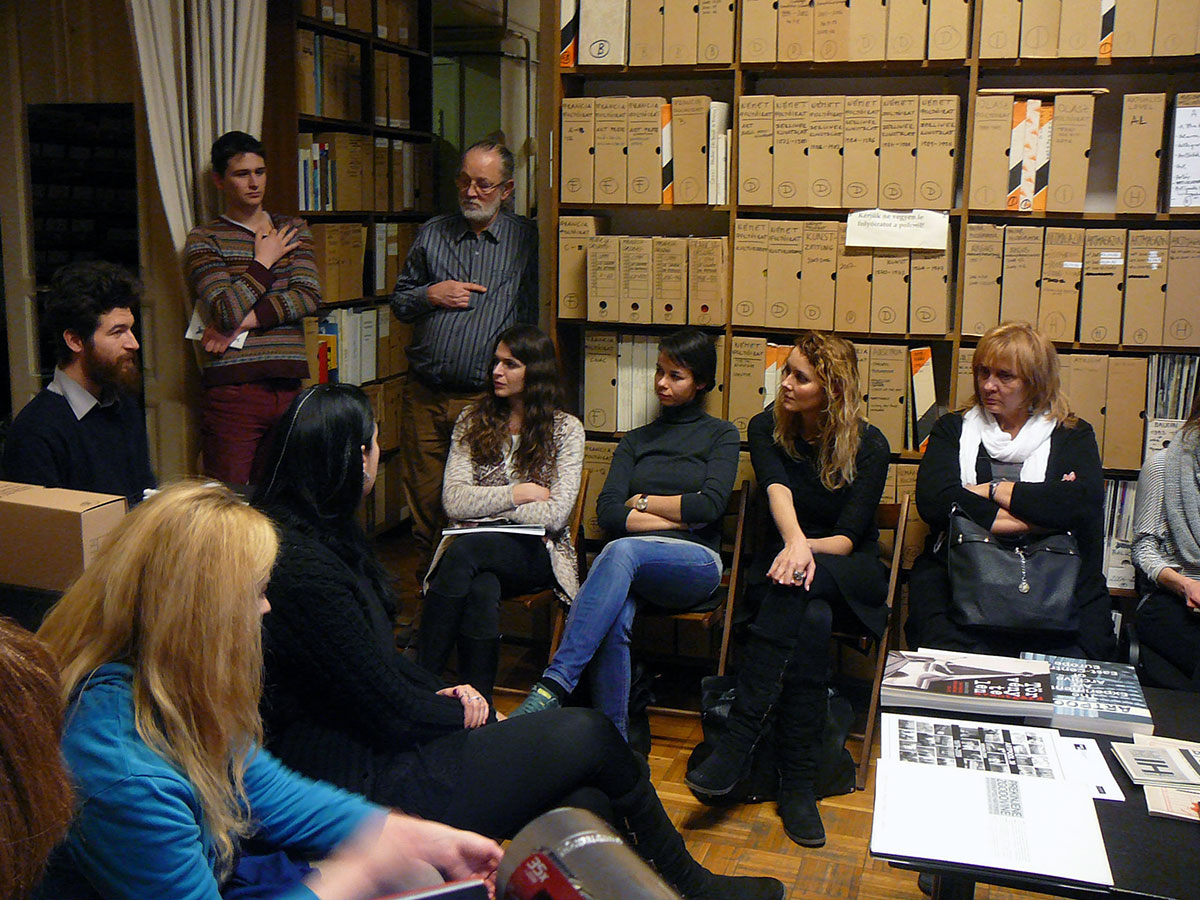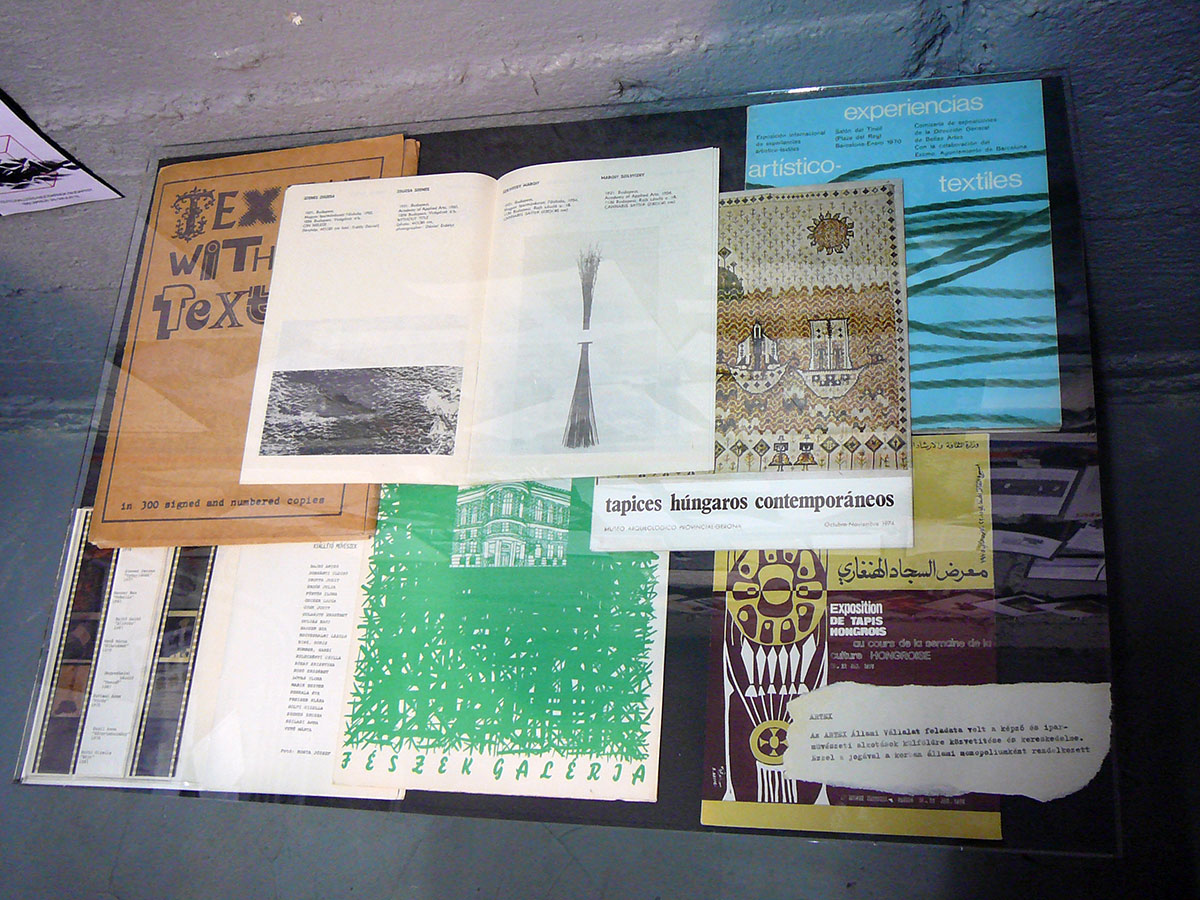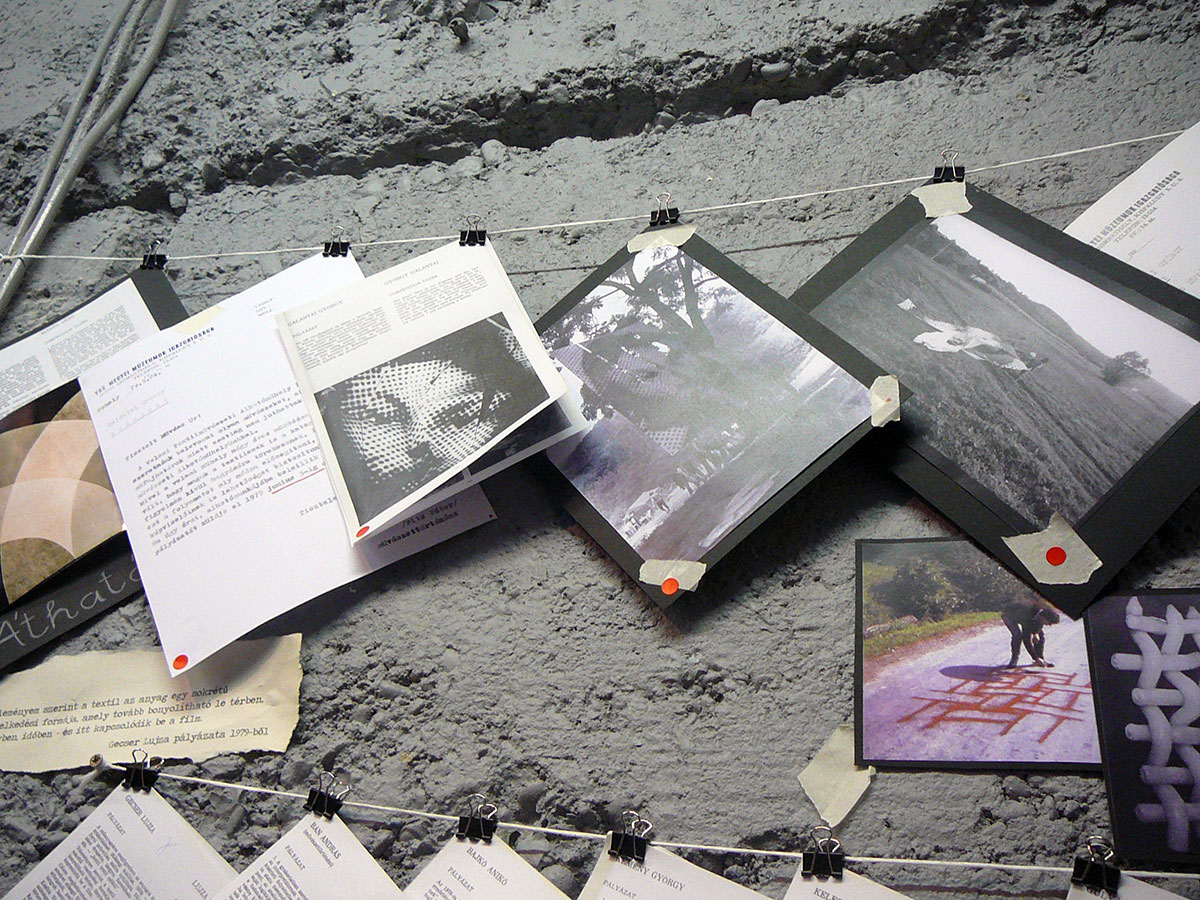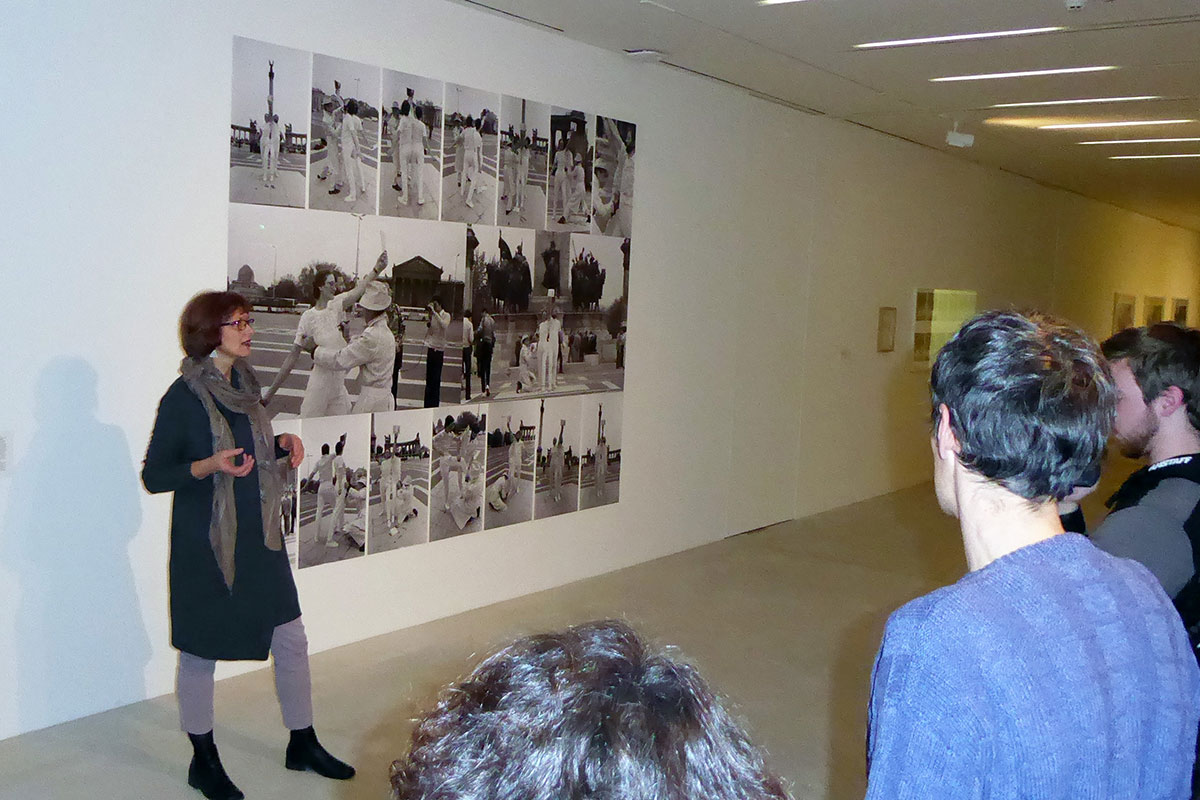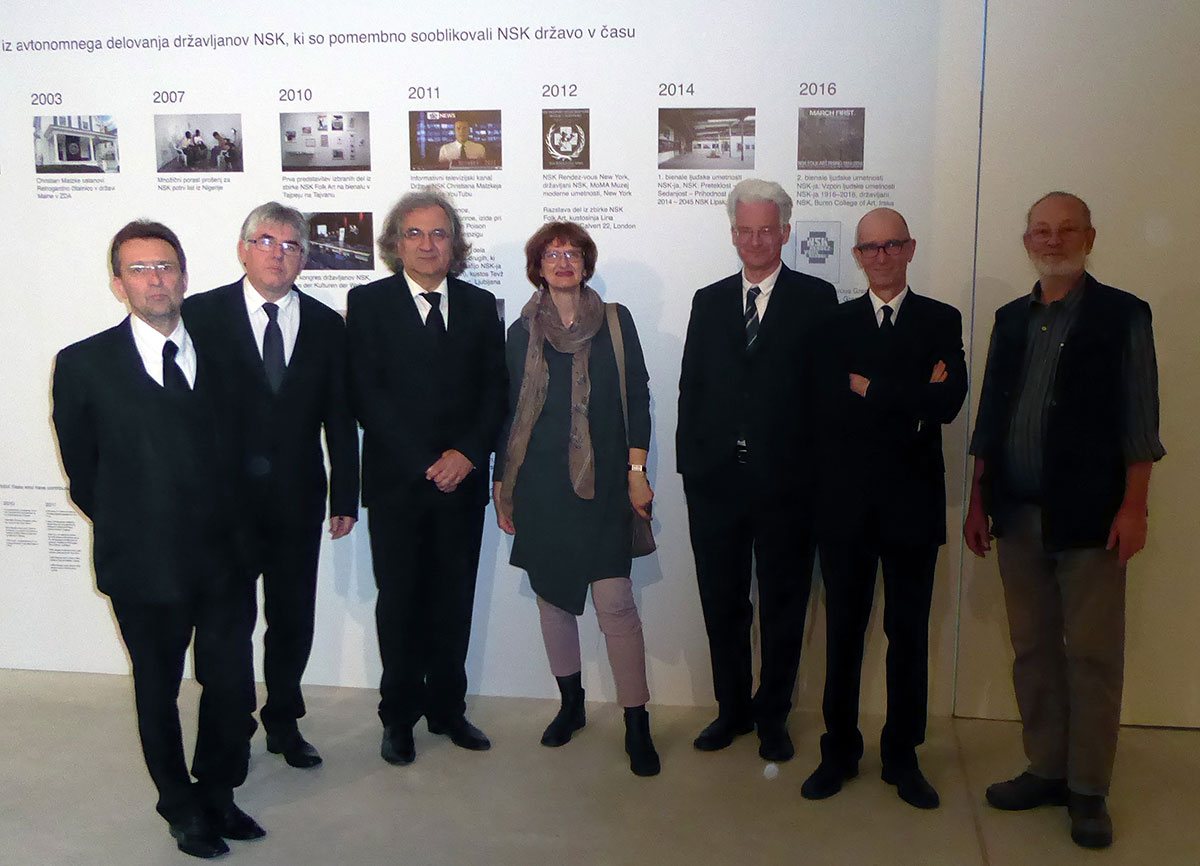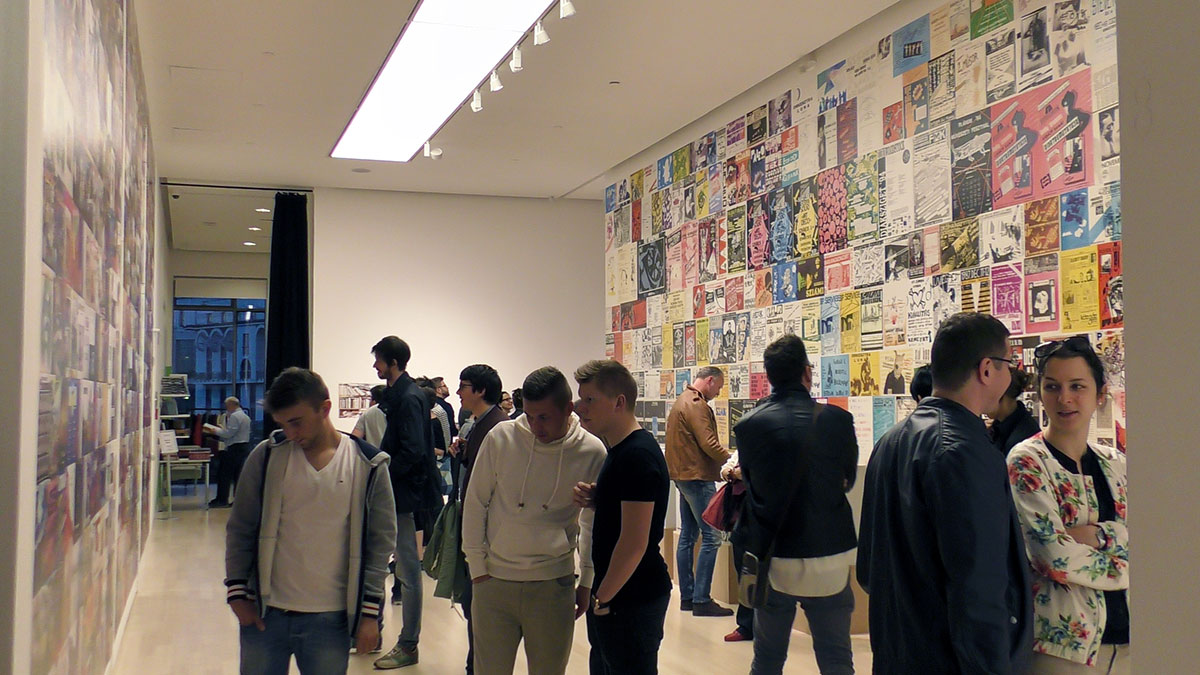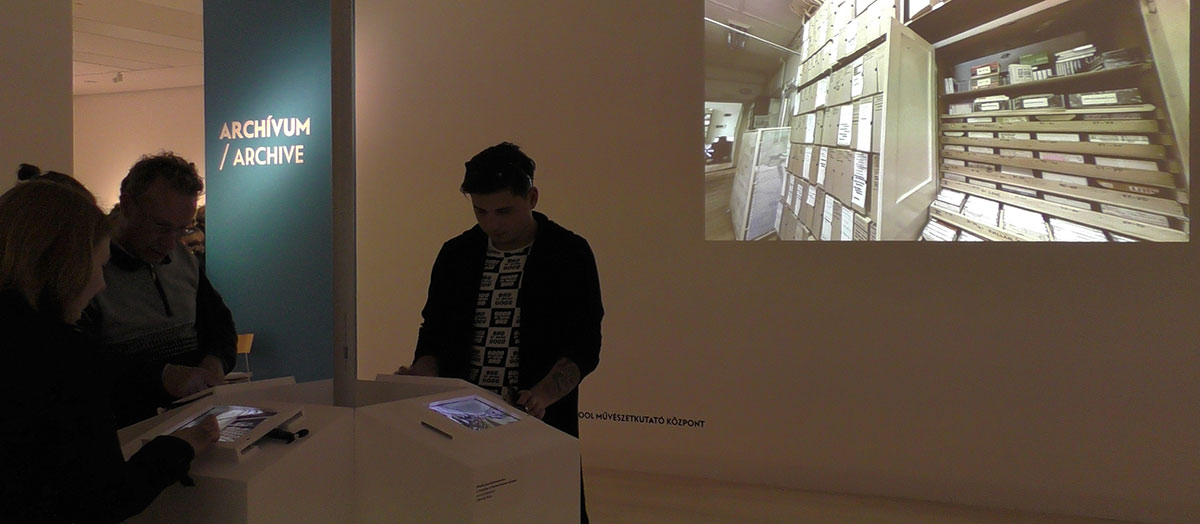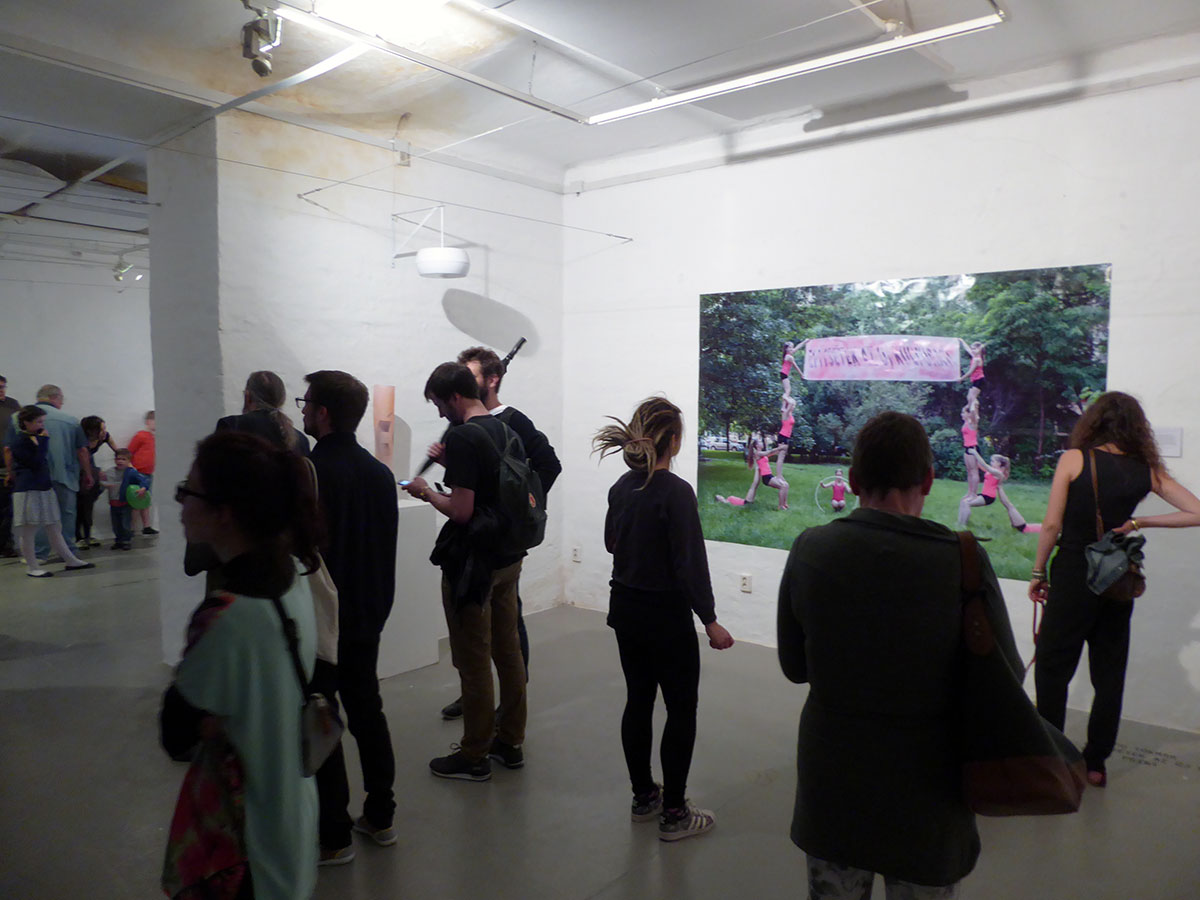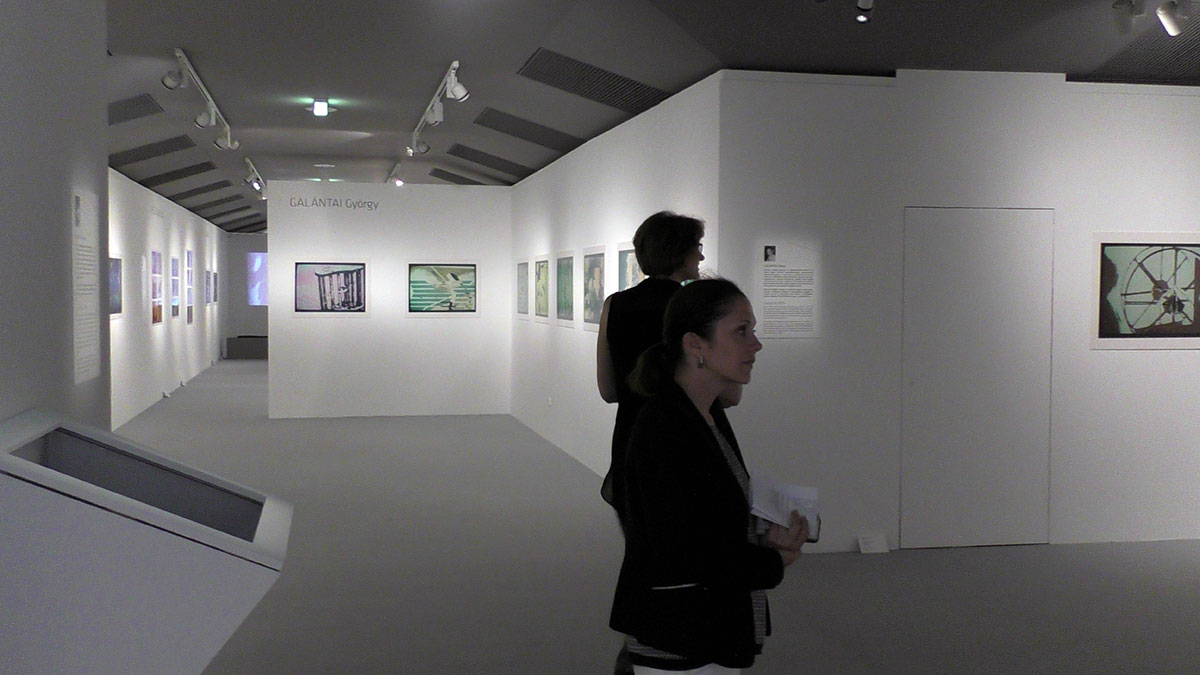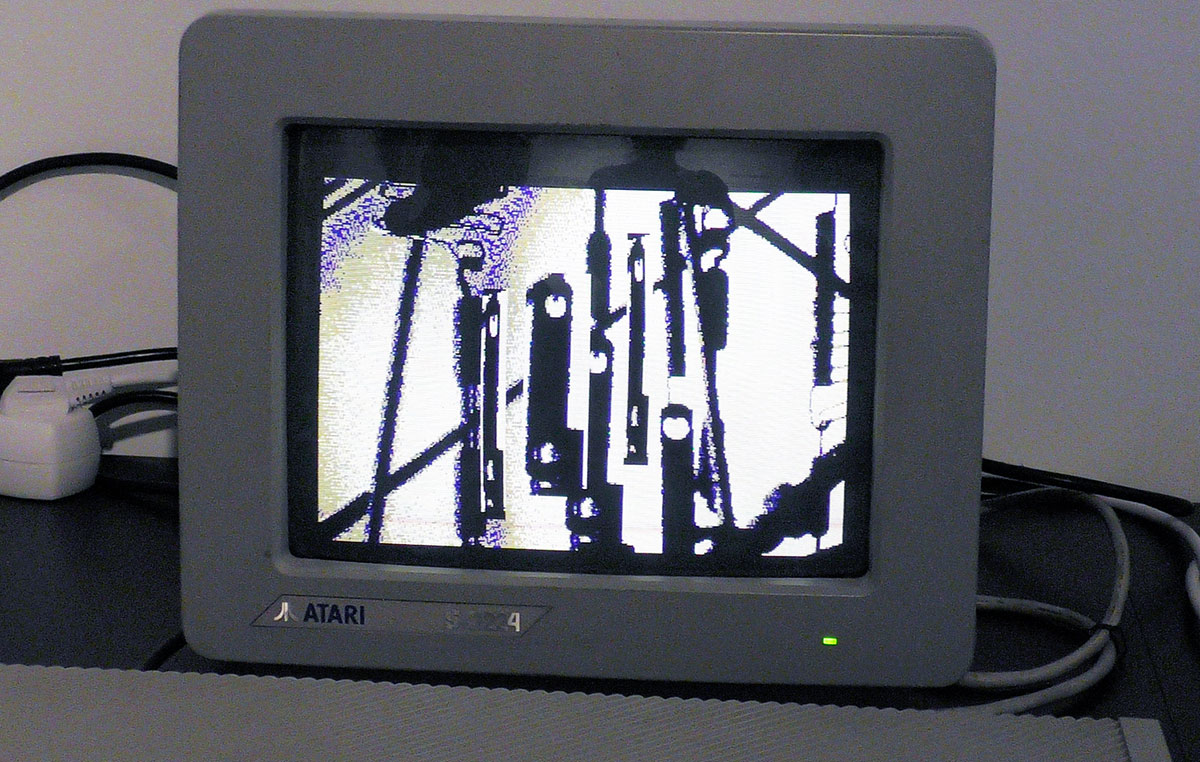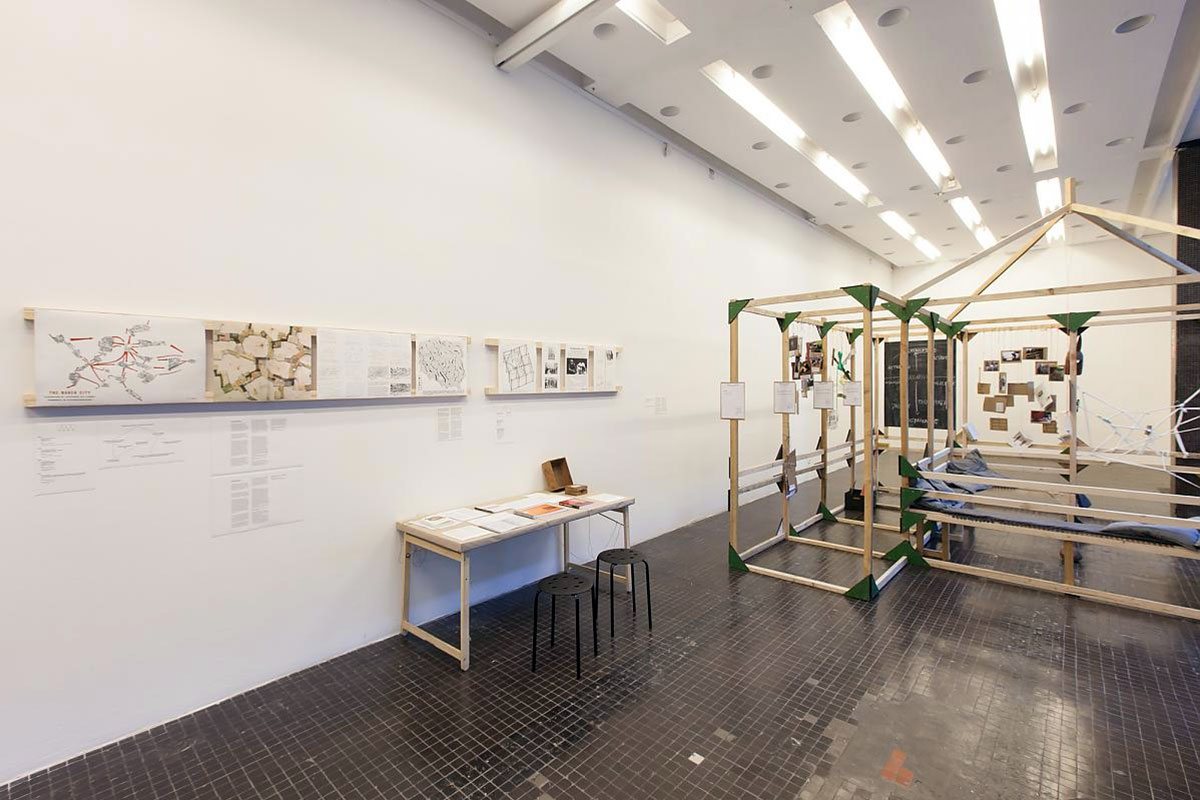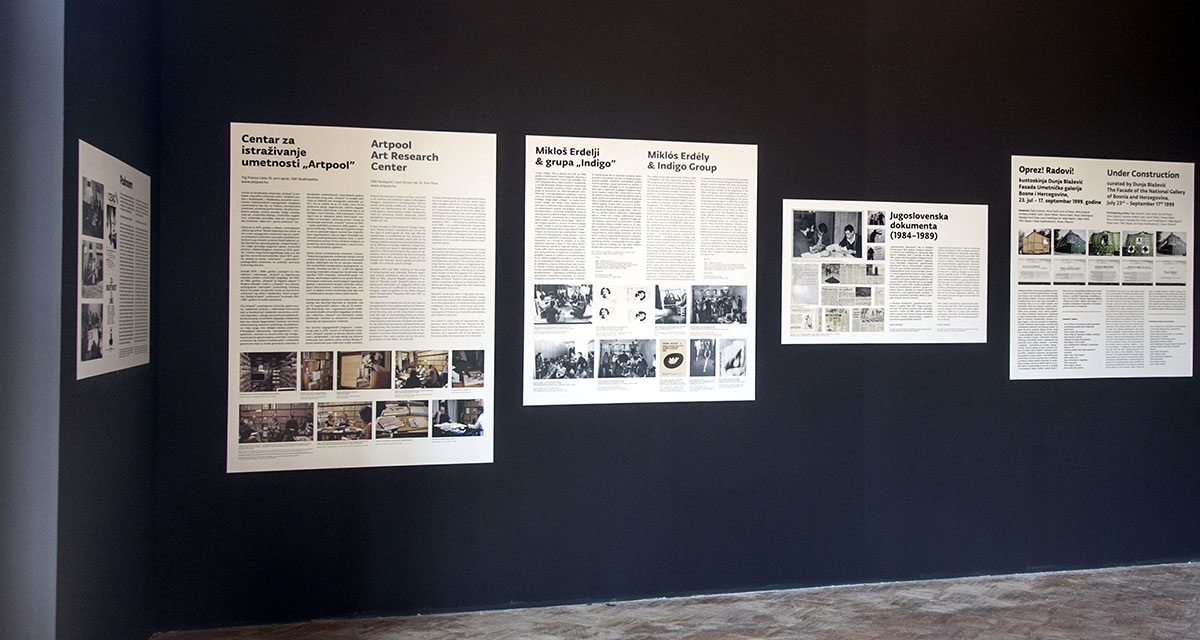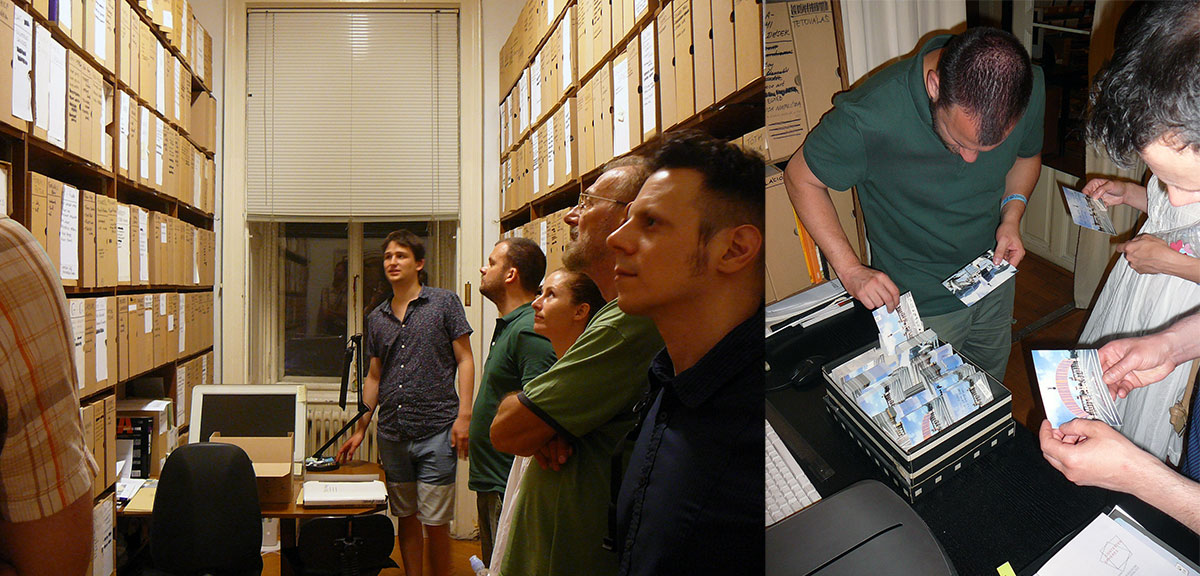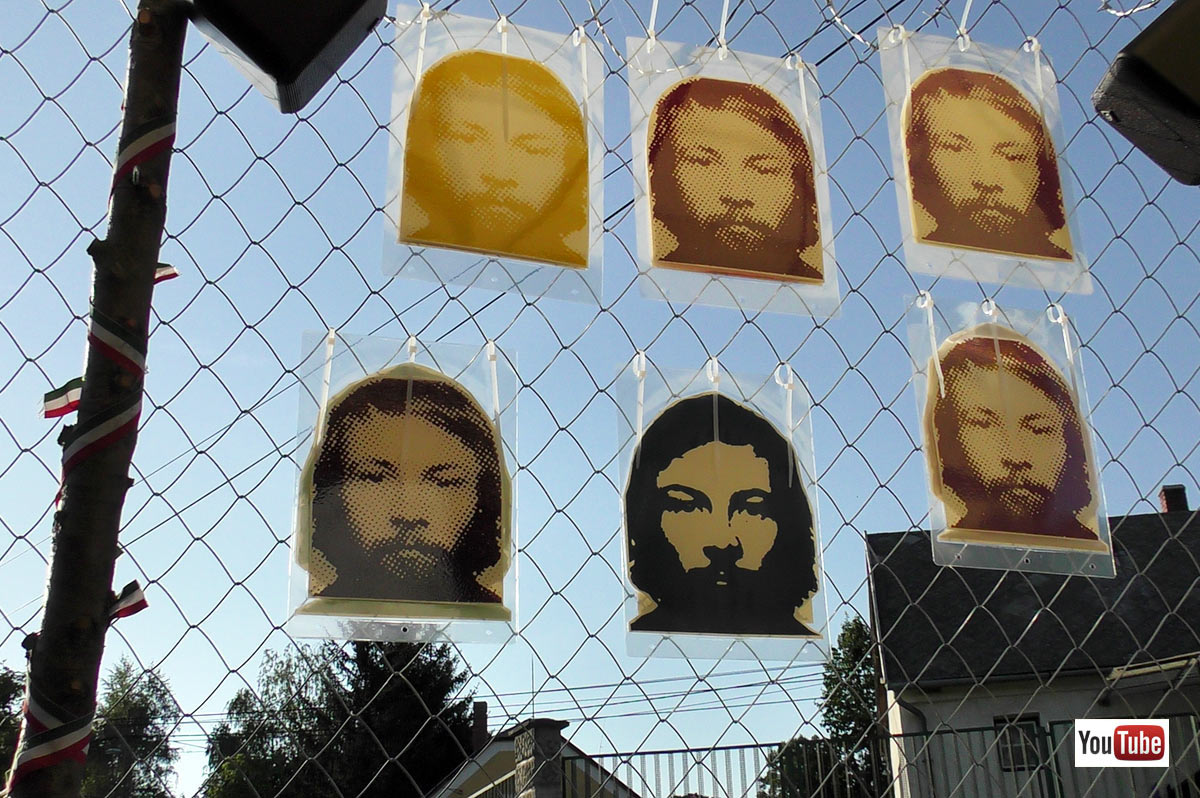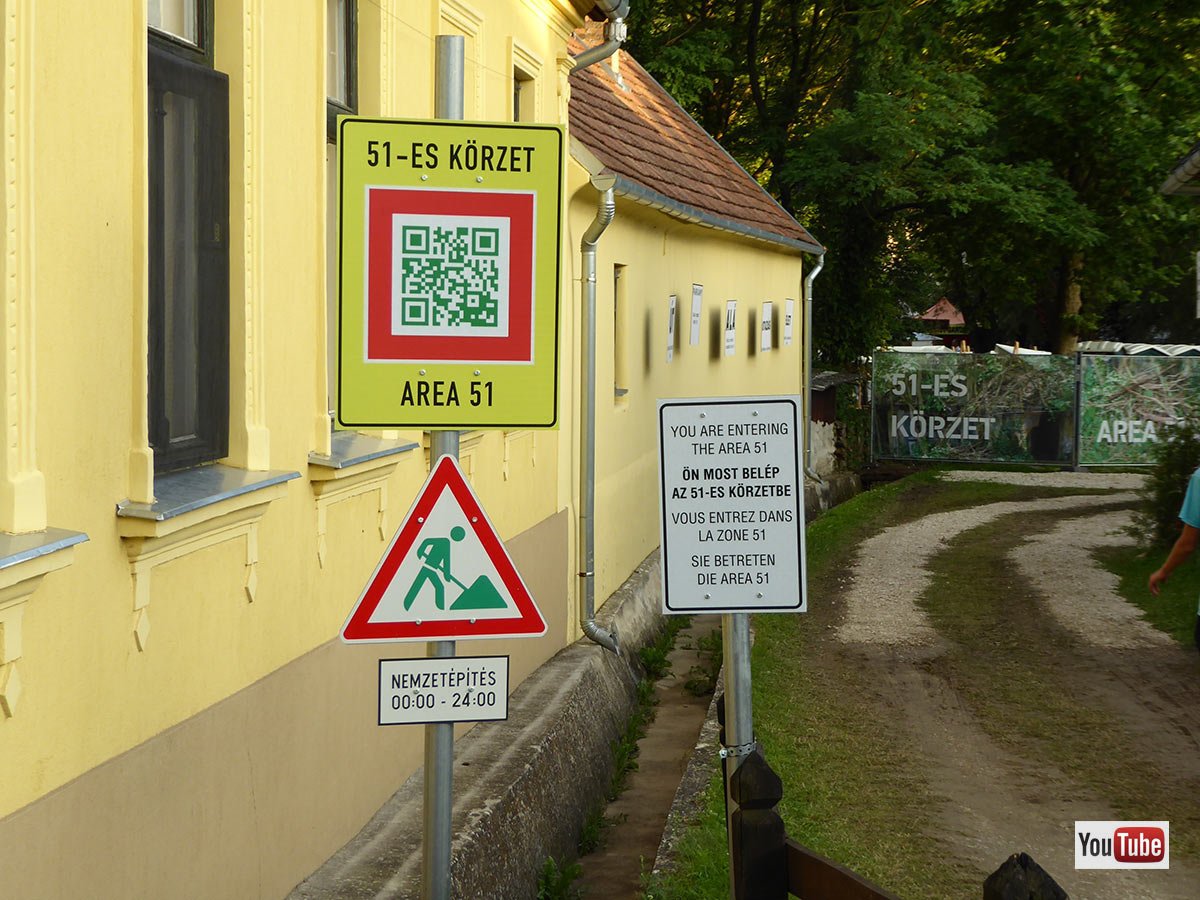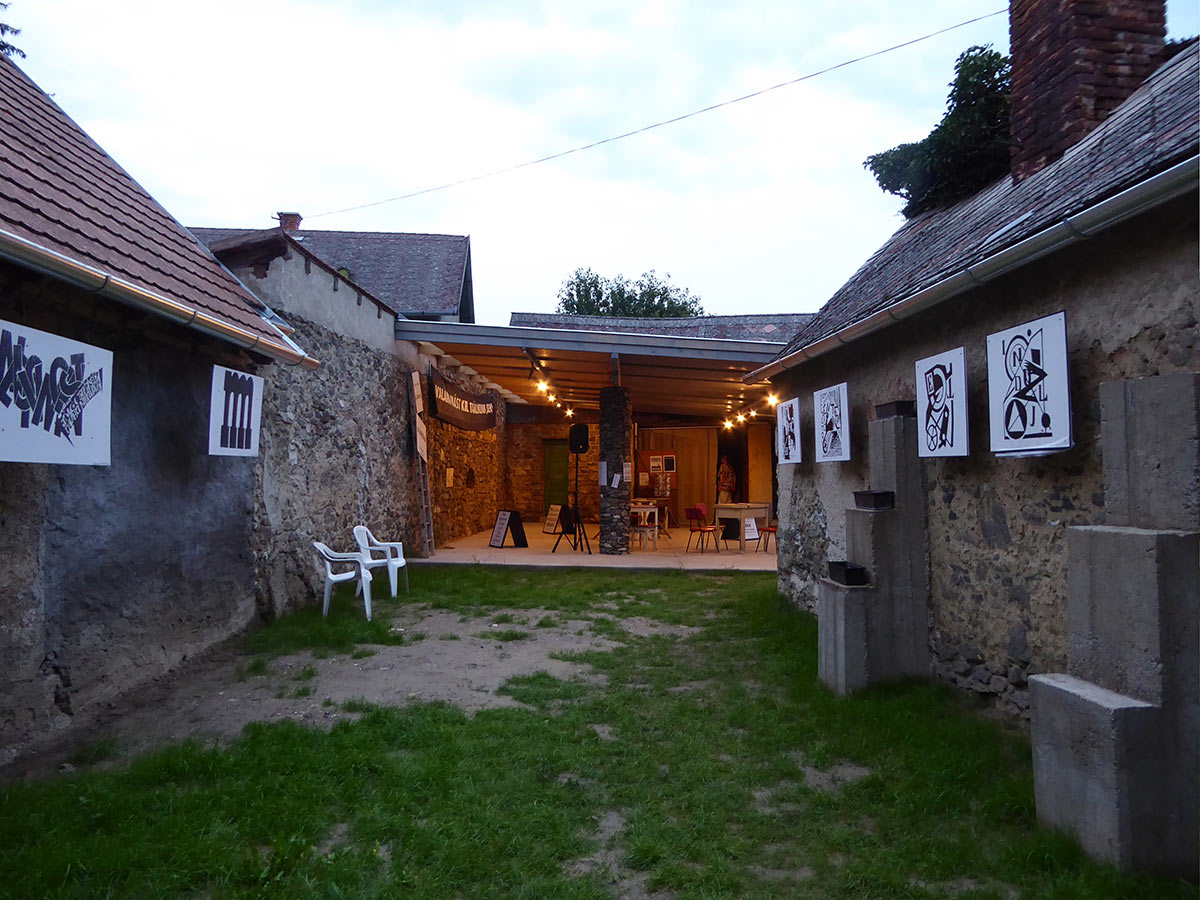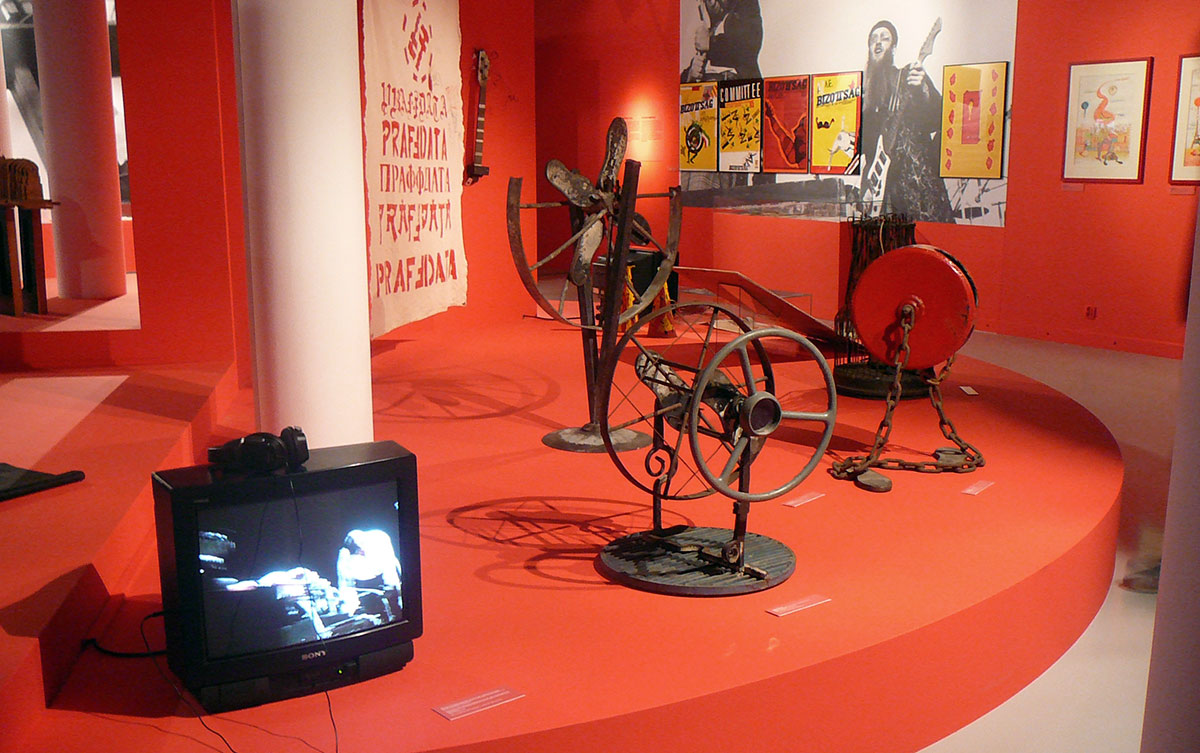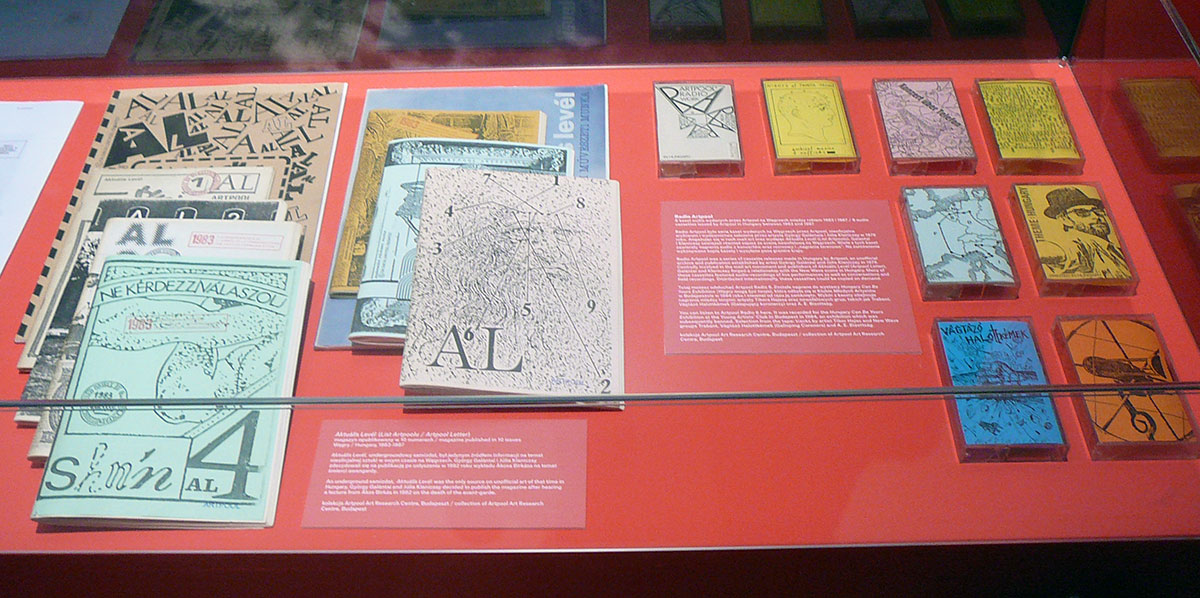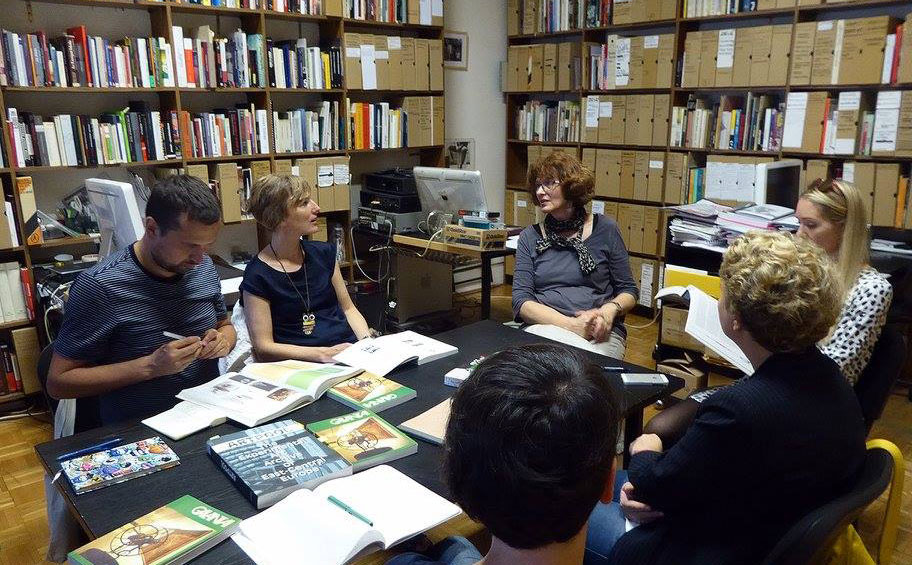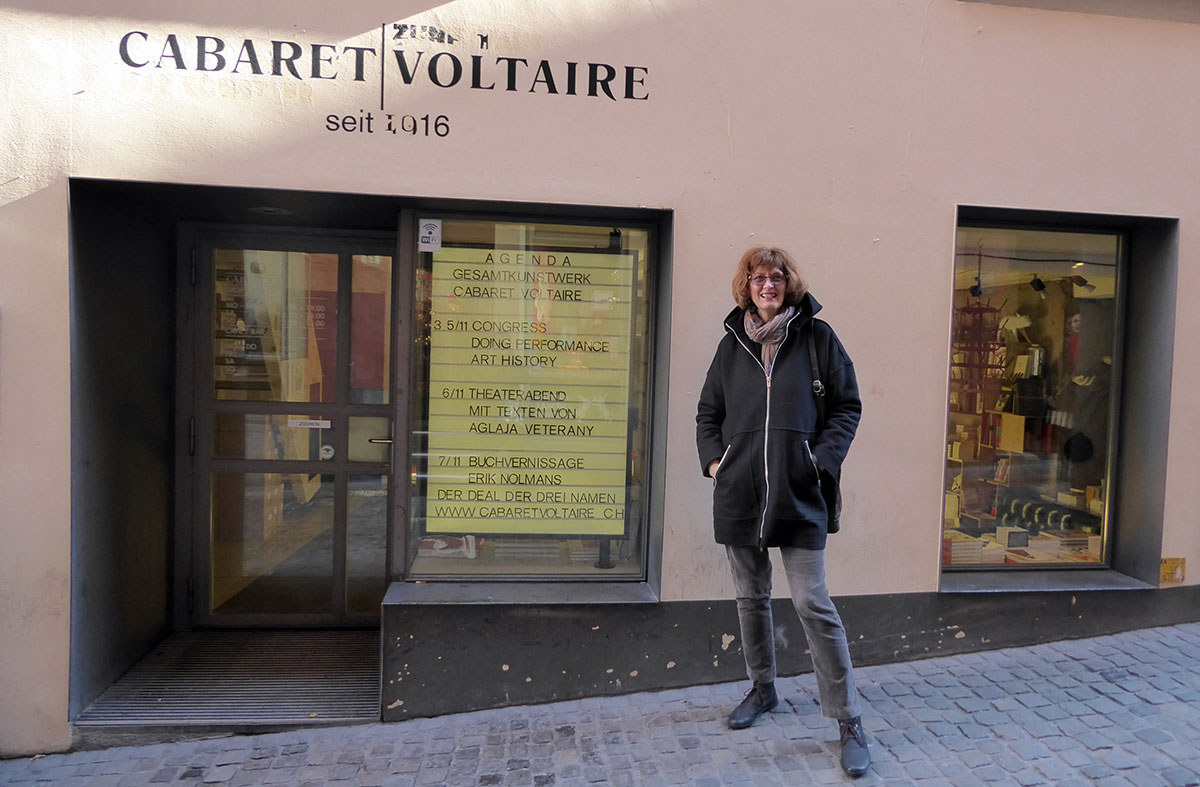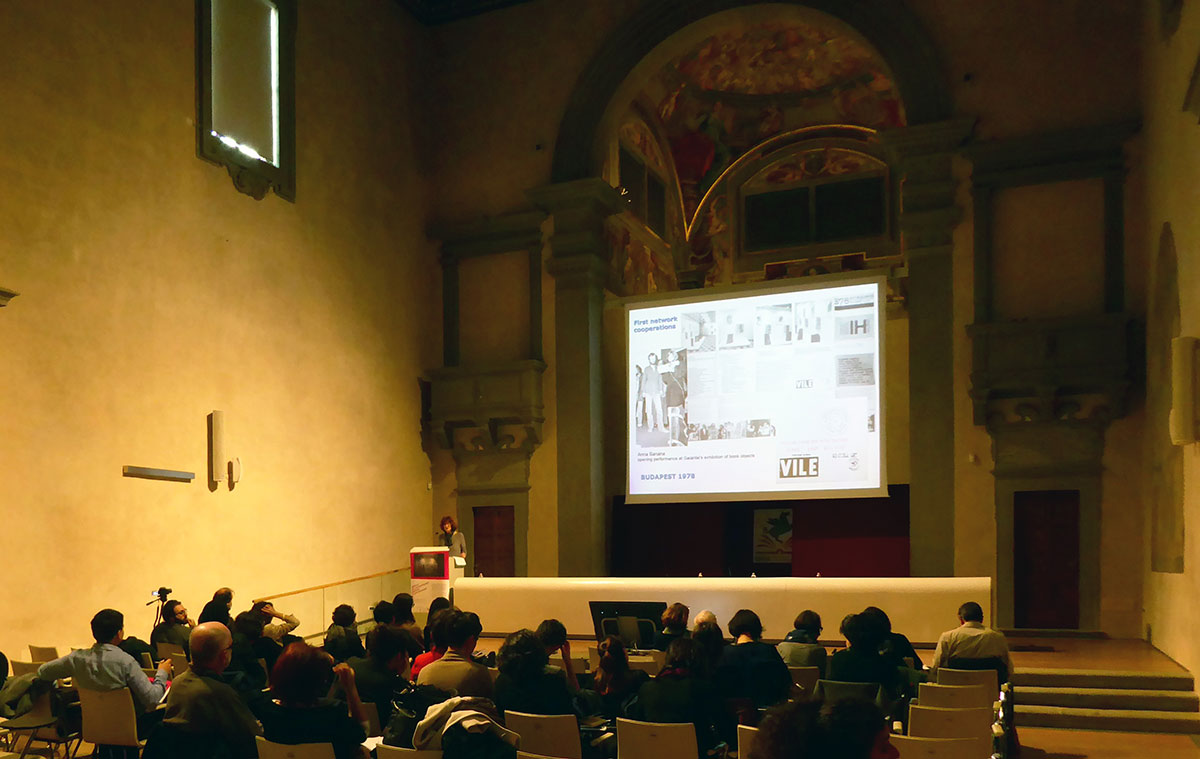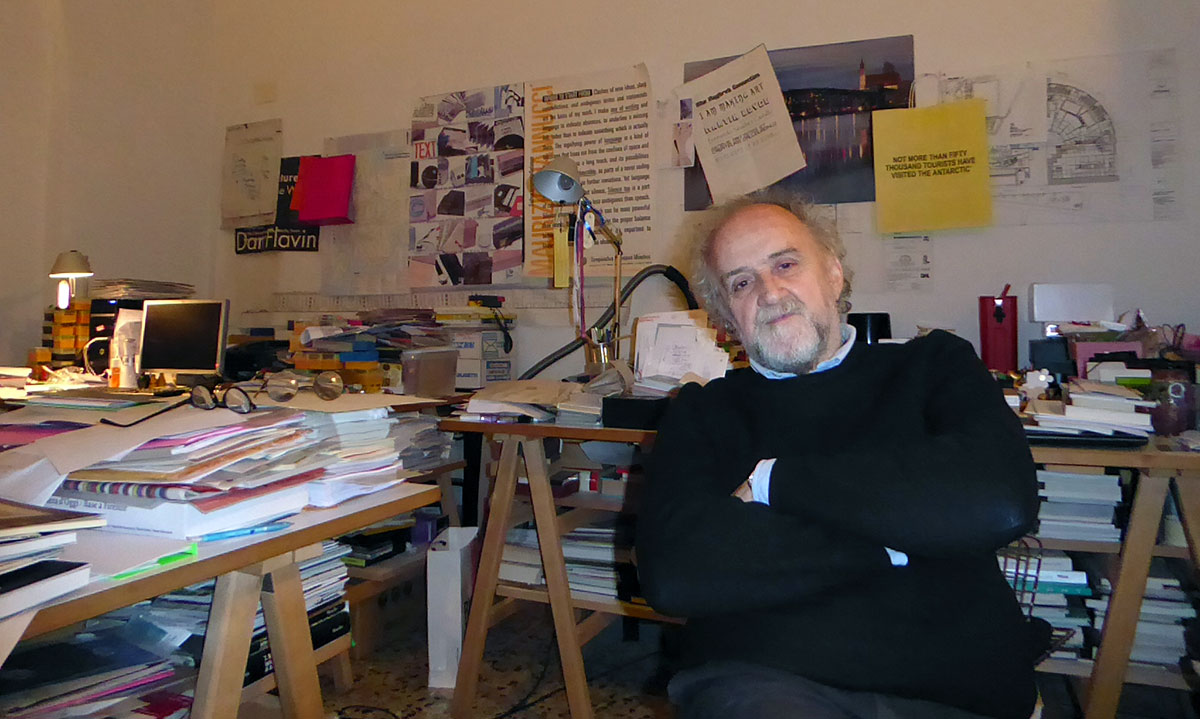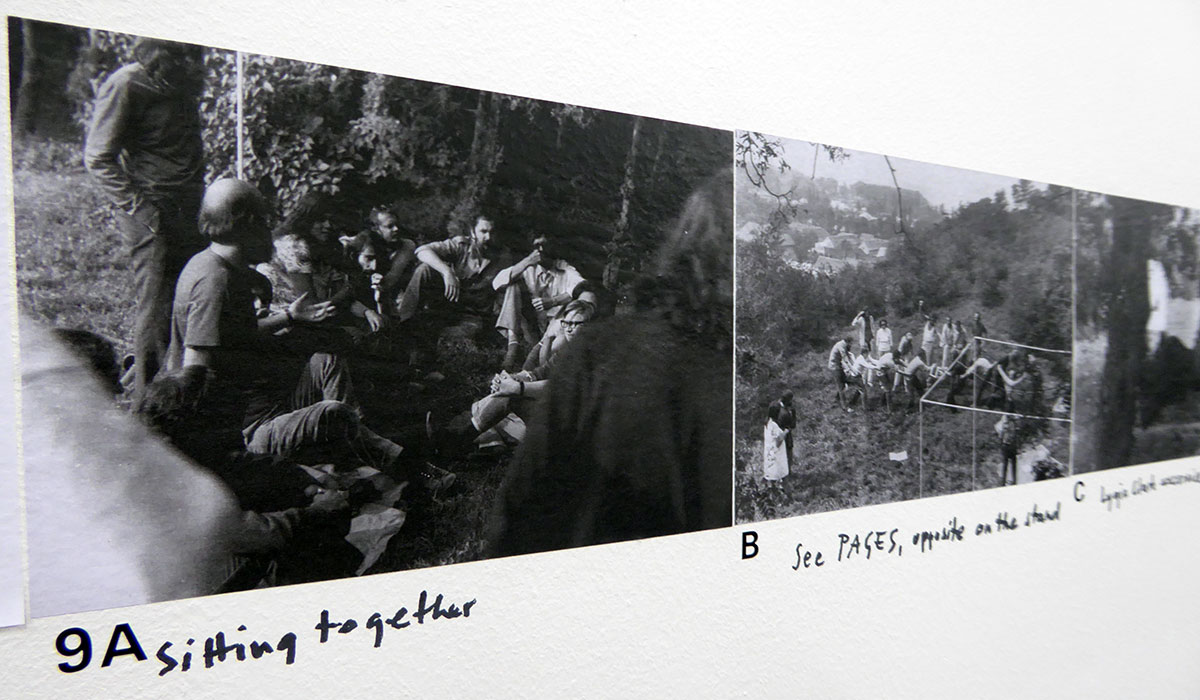Documents from the Artpool Archive linked to Robert Filliou and Joachim Pfeufer’s exhibition Poipoidrom, mounted in 1976 in Budapest.
Based on fine art and architectural projects, the Warsaw exhibition sought to demonstrate how open-ended and participatory forms of learning – including montage techniques, physical exercises, utopian architectural models, non-verbal communication games and community actions – inspire the imagination and contribute to the formation of experimental and democratic communities.
The exhibition displayed works and references from the oeuvres of the following artists, architects and theoreticians: Josef Albers, Imre Bak, Joseph Beuys, George Brecht, Lygia Clark, Guy Debord, Miklós Erdély, Escuela de Valparaíso, Robert Filliou and Joachim Pfeufer, Paulo Freire, Yona Friedman, R. Buckminster Fuller, Lujza Gecser, Group 143, Oskar Hansen, Hannah Higgins, Ivan Illich, the INDIGO Group, Asger Jorn, Paul Klee, Attila Kotányi, Dóra Maurer, Constant Nieuwenhuys, Alma Siedhoff-Buscher, the SIGMA Group, Tamás Szentjóby, and Judit Vas / Ferenc Mérei.
The exhibition was a sequel to the shows held at the Galerie für Zeitgenössische Kunst in Leipzig (2014) and the open office of tranzit.hu (2015).
Curators: Dóra Hegyi and Zsuzsa László (tranzit.hu)
Contributing co-curators: Aleksandra Kędziorek, Franciska Zólyom
Publication presenting the project: Creativity Exercises: Emancipatory Pedagogies in Art and Beyond
